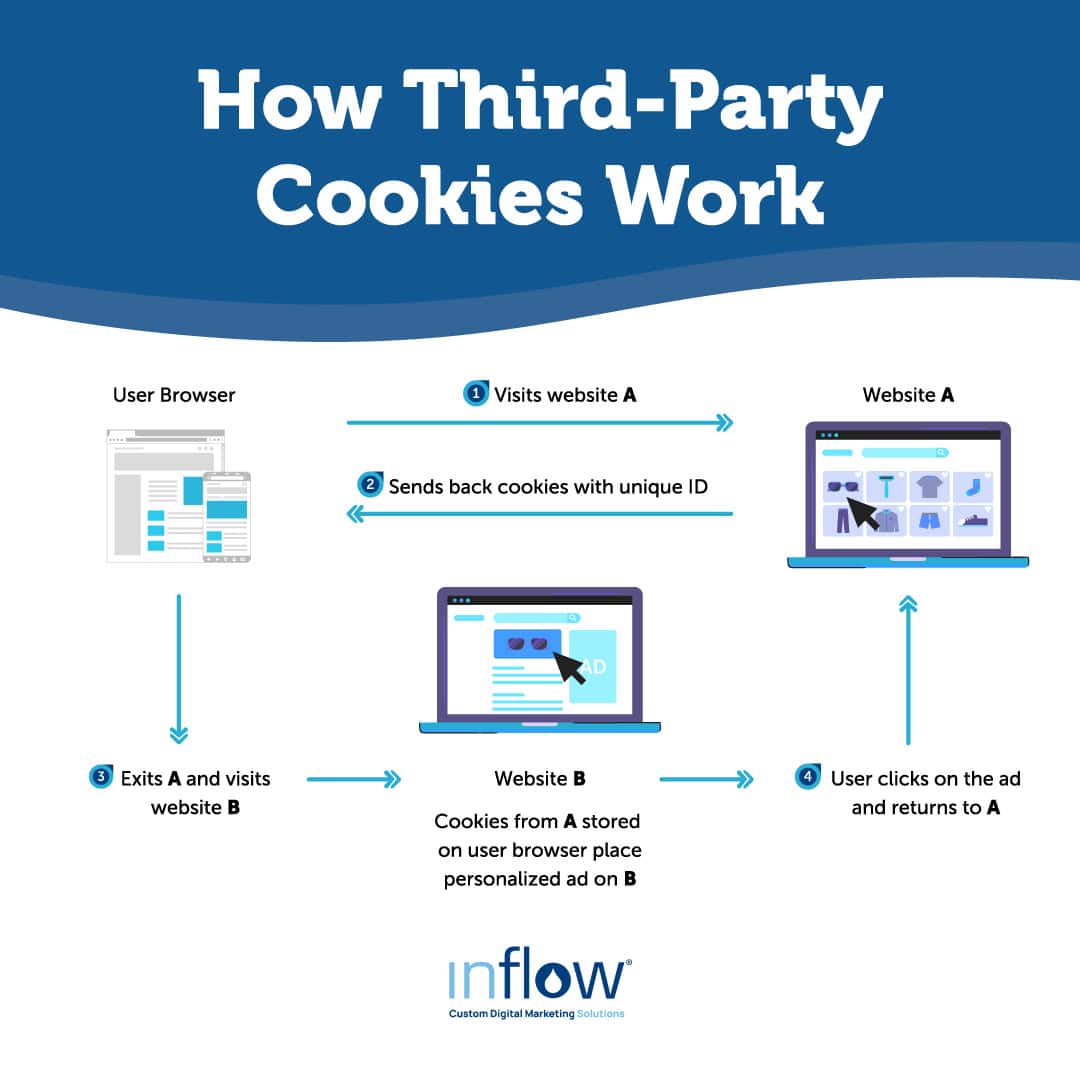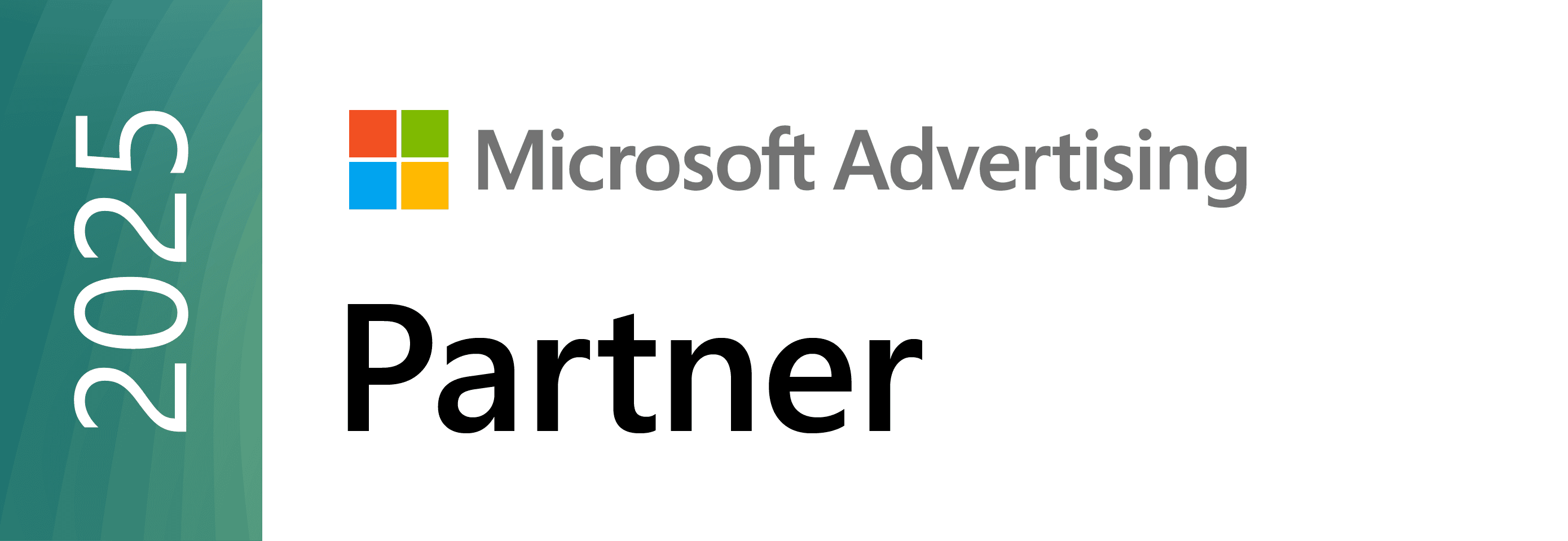Here’s a secret: The most cost-effective way to improve your marketing ROI isn’t by outsourcing your efforts to AI, throwing more money at your campaigns, or blasting your subscribers with more emails.
It’s actually found in your first-party audience data.
First-party data is the name of the game for modern marketers, and it should be a priority for your business in 2025. Unfortunately, we still see far too many teams working off a database of lackluster audience information, relying on third-party tools that deliver less and less data as time goes on.
So, today, we’re giving you all the tools to flip the script.
In this guide, find everything you need to build a successful first-party data strategy that improves your marketing returns, including:
- What first-party data is and why it’s so important
- How to use first-party data in your marketing campaigns
- How to audit your first-party data strategy and create a stronger one for the new year
Skip the DIY route and have our experts build a custom, results-driven strategy for your brand by contacting us today.
What is First-Party Data?
First-party data is any information that your company has collected directly from your audience. Typically, this is gathered through website visits, form fills, and other direct custom contacts.
All kinds of information can fall under the “first-party data” category, including:
- Demographics and psychographics
- On-site or in-app customer behavior (i.e., pages viewed, products saved)
- Customer feedback
- Purchase history
- Online chat records, SMS conversations, or phone call transcripts
Basically, if you have gathered information about customers through direct interactions with them (and not via third-party providers or cookies), it can be considered first-party data.
Note: Some marketers use the term “zero-party data” to differentiate between customer data obtained voluntarily (i.e. form fills) and that obtained through first-party tracking methods (i.e. website analytics). For the sake of this guide, we’ll use “first-party data” to encompass both kinds of data supplied and/or gathered directly on your site.
How is First-Party Data Used in Marketing?
First-party data is crucial for understanding your customers’ demographics and behavior — information that is key for building effective, targeted advertising campaigns.
The better you know your customers, the more effectively you can build personalized experiences that address their wants and needs. With first-party data, you can optimize your ad campaigns to what will drive the most engagement from your audience, creating an ongoing feedback loop as you gather more data from those interactions over time.
First-party data is also key for targeting and retargeting audiences on advertising channels like Meta and Google Ads. When you feed your audience lists into those platforms, their automation systems learn from that data, giving you more effective lookalike audiences and tailoring your active campaigns to drive more engagement and conversions.
The video below is hosted on YouTube. If you need assistance with viewing the video, please contact info@goinflow.com.
Why First-Party Data Acquisition is Important for Marketers
Historically, marketers have relied on third-party data to build a profile of their audiences for targeting and retargeting purposes. As the name suggests, this data is gathered by a third party, such as a data aggregator/marketplace, or through tools such as third-party cookies.
However, a renewed interest in user and customer privacy has changed the rules regarding this data. Laws such as the GDPR and CCPA prohibit companies from gathering personal data without outright permission, and browsers including Firefox and Safari have phased out third-party cookies in response. (Google has famously gone back and forth with its plan for third-party cookie usages on Chrome, most recently stating it will not replace them as originally planned.)

Add in privacy-centric updates like the iOS 14.5 update in the spring of 2021, and marketing teams used to relying on third-party data sources for their campaigns have experienced shrinking audiences and plateauing results.
First-party data is the solution.
When you collect first-party data from your target audience, that data is yours alone. It becomes a valuable source of information on your customers that you can store forever (keeping privacy regulations in mind), without fears of it disappearing at the whim of third-party platforms.
Even better, first-party data is more valuable because it’s given freely by your customers. This exchange builds trust with your audience, allowing you to personally retarget them without encroaching on their sense of privacy.
In other words: First-party data is the future of effective digital marketing in a privacy-centric world.
How to Build a First-Party Data Marketing Strategy
Now that you know why first-party data is so important for digital marketers, it’s time to build a strategy to collect and deploy it effectively.
Below, we’ve outlined four steps we recommend when creating your company’s first-party data strategy. Use them to kickstart your efforts — or, if you’d rather get an expert’s help crafting a plan that will improve your marketing efficiency, reach out to our team anytime.
Step 1: Audit your current audience data list.
Before you embark on your first-party data collection journey, you need to understand where your company currently stands — and that means conducting a thorough audit of your customer data platform (CDP) or customer relationship management (CRM) software.
Ask your team these questions:
- Where does your historical audience data set come from? Is it collected via forms, through third-party sources, etc.?
- What audience lists are you currently using in your digital advertising campaigns?
- What data points are you currently collecting? Which are the most important?
- What important audience information are you missing?
- Do your data collection methods adhere to privacy laws and regulations?
By reviewing your current data collection and storage processes, you’ll likely find some areas in which your company is falling short — in terms of the types of data being collected, the way you’re using it, etc.
This information will help you build a new strategy that addresses those weak points, eventually delivering a better return on your marketing dollars when you implement it.
Step 2: Determine your goals.
Ideally, your CRM audit will reveal some clear priorities for your business.
Perhaps you’ve relied entirely on third-party platforms to collect audience data in the past. Therefore, your first-party data strategy may prioritize collecting as much data directly from your customers as possible.
Maybe you’ve historically collected loads of first-party data from your customers. But, if it’s outdated information or otherwise poorly organized, building effective lists from the mountain of irrelevant data is near impossible. Your first priority, then, may be cleaning up your CRM, removing data that you no longer need, and streamlining your process for logging and categorizing any data gathered in the future.
In addition to gathering and cleaning up your first-party data, your goals could include:
- Building different audience lists based on certain segmentations (i.e. loyal customers, first-time customers, window shoppers)
- Phasing out third-party data collection methods
- Updating your data management processes to comply with legal requirements
Smartly designed first-party data strategies can (and should) address several goals, but it’s your job to prioritize them based on where your business currently stands.
If you’re unsure of where to put your focus, we offer digital marketing consultations to help.
Step 3: Choose your data collection methods.
Collecting first-party data from your target audiences will require some time investment up front, but the returns are well worth the effort.
Fortunately, there are numerous ways to obtain this audience information on platforms that your business already uses.
Here are a few tactics that our clients have found effective:
- Adding cookie consent/opt-in banners to your site to legally track visitor behavior
- Increasing your number of email subscribers
- Prompting your customers to create accounts
- Using progressive form fields
- Implementing a loyalty program
- Using forms hosted on external social media platforms (i.e. LinkedIn lead-gen forms)
- Expanding and personalizing your chatbot flow

Don’t forget to offer your audience something in return! Personal information can be a big ask, especially for those with data privacy concerns, so always provide a value proposition — a discount code, a free product demo, etc.
Of course, regardless of which collection methods you employ, make sure that they also comply with all data protection laws and regulations.
Step 4: Incorporate your data into your marketing campaigns.
Collecting first-party data is futile unless you know how to use it to inform and improve your marketing efforts.
Certain platforms make this step easy. You can upload an audience list to Google Ads, and the automation system will use that information to find and target/retarget the appropriate audience for your campaign goals. The same goes for Facebook, which will create lookalike audiences based on your first-party data lists.
The video below is hosted on YouTube. If you need assistance with viewing the video, please contact info@goinflow.com.
Knowing which customer data to use for which campaigns, however, can be tricky. To create a consistent pipeline of interested prospects/customers, you need to run several marketing campaigns with different goals (i.e. awareness, consideration, purchase, loyalty). Uploading the same customer list for all those campaigns won’t deliver the results needed for long-term growth.
If you’re having trouble leveraging this first-party data (either from your CRM or from a platform like Google Analytics 4), we’d recommend bringing in an external marketing analyst to help. They can uncover valuable insights that will inform your marketing strategy, and hiring them even on a consulting basis can save your team a lot of time and money.
Remember: Your audience data is the foundation of your marketing efforts. Without it, your campaigns will fail to deliver results, especially in an ecosystem where first-party data plays such an important role.
Create a Privacy-Centric, First-Party Data Strategy With Inflow’s Help
As we move further into a privacy-centric and cookieless future, marketing initiatives will live or die by the audience data that informs them — specifically, first-party data.
Whatever your business growth goals are in the new year, your first-party data strategy should be instrumental to making them happen. The good news is that you probably already have a wealth of information available to you; it’s how you use it that will make the difference.
Here at Inflow, we’re developing custom data strategies for each of our clients as 2025 rapidly approaches. If you’d like us to do the same for your brand, request a free consultation below.
We’ll discuss your business goals, your current data strategy, and our proposed solution for harnessing the full power of your data and delivering higher returns for your marketing investment.
Contact us today to learn more:










0 Comments